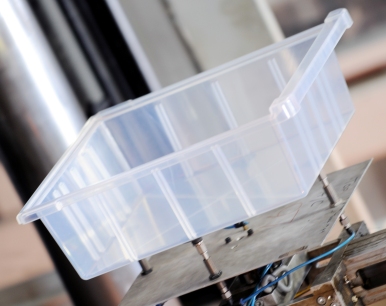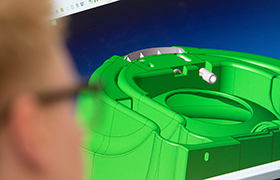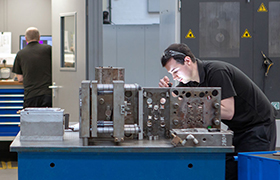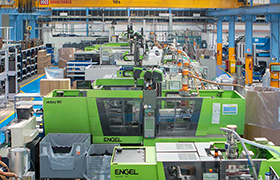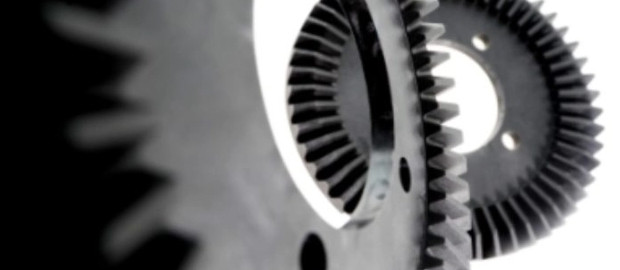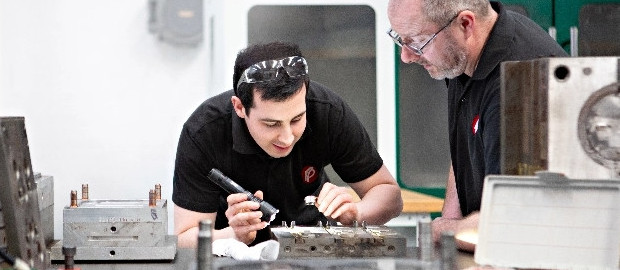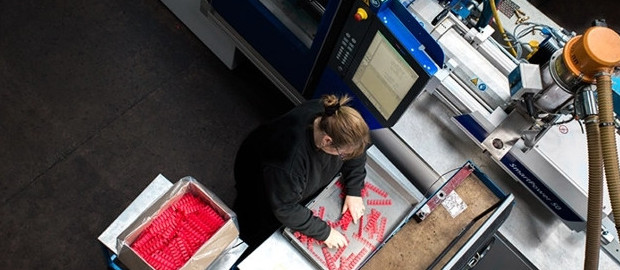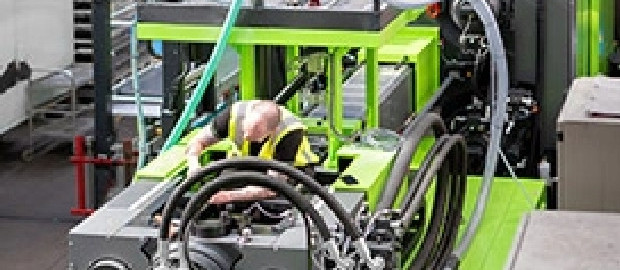MEDICAL PLASTICS
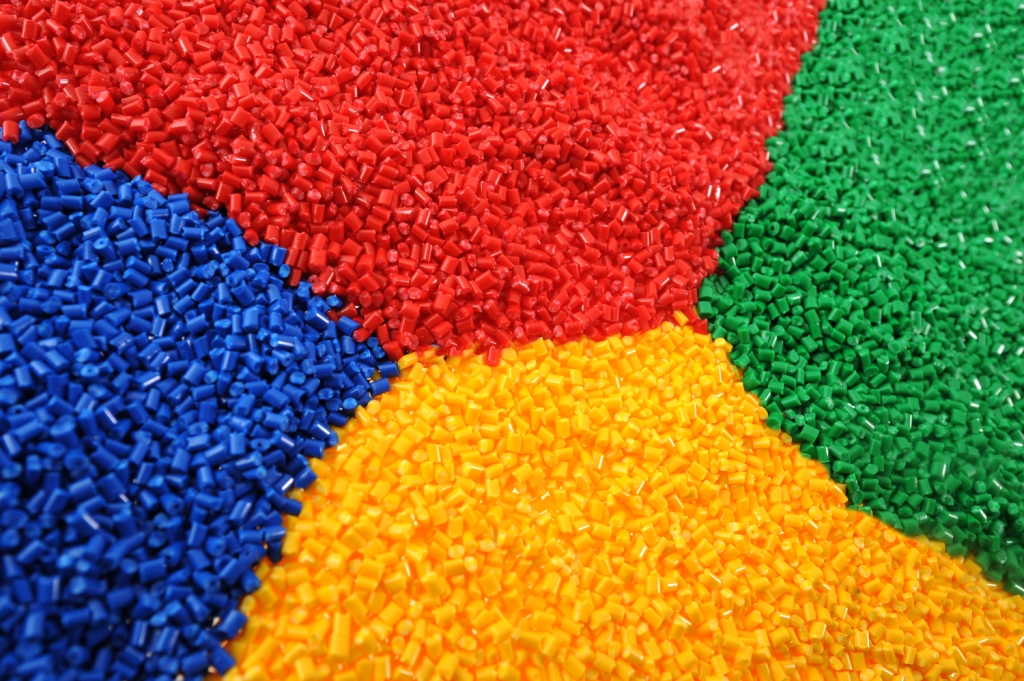
When choosing an appropriate material for medical applications, there are a number of factors to consider in addition to the material’s properties:
What medical standard needs to be met for the device, including biocompatibility, and within that, what level?
What sterilisation method(s) will be used?
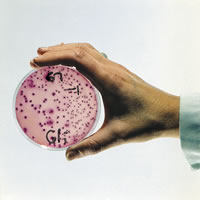
BIOCOMPATIBILITY
This is a requirement that any material used is non-toxic and will not react with living tissue. It should not be injurious or cause immunological rejection.

MEDICAL STANDARDS
There is a slight variation in the approvals required between Europe and the USA In Europe ISO10993/EN30993 covers testing of devices to be used in body contact. Standard USP88 is applied in the USA, with classes from I to VI, with VI being the most stringent. Whilst it is possible, and indeed necessary, for the manufacturer of a medical device to obtain all the required approvals on the finished product, using a polymer that conforms with ISO10993 and USP88 can certainly ease the process.
ISO10993 is more detailed than USP88, so is recognised in the USA – ISO10993-6 (section 6) has similar testing of implants to USP88 Class VI.
ISO10993 has many different levels (sections). The section that is relevant for a particular device is determined by the nature of bodily contact. To confuse matters, there is a European ISO10993 and an FDA version for Section 1 as the USA introduced some additional testing requirements.
For devices sold or used in the USA a Drug Master File (DMF) listing will be required. A DMF listing for a polymer will shorten the application process considerably.
CLASSIFICATIONS
For surface devices that only come into contact with the skin, whether limited (24 hours), prolonged (24 hours to 30 days) or permanent (30 days), Class I is sufficient. Examples of surface devices with skin contact include electrodes, external prostheses and compression bandages.
For mucosal surfaces and breached or compromised surfaces, the class required will depend on the level of contact. For example, limited contact with mucosal surfaces is USP I rising to USP V for permanent. Things covered by this section include contact lenses, various catheters and intraintestinal devices and orthodontic devices.
For breached or compromised surfaces it is a higher classification from III for limited up to VI for permanent. This section is slightly less relevant to plastics and includes things such as ulcer and burn dressings.
External communication devices by their nature have a much higher starting point with limited contact with blood path indirect, circulating blood or tissue/bone/dentin all Class IV, rising to VI for greater contact or permanent. There is a wide range of devices in this section. Blood path indirect could be sets of equipment involved in blood transfusion and drug delivery. Tissue/bone/dentin includes dental filling materials and skin staples. Circulating blood would include temporary pacemakers and dialysis tubing.
All implant devices are Class VI. Items included here are fairly obvious, such as replacement joints.
POLYMER SELECTION
Chooisng the correct medical polymer is a very similar process to selecting a polymer for non-medical applications. The starting point is the properties required. However, the choice of grades is more limited simply because of the cost of the approval process and the controls required in their manufacture.
If you require a particular colour you may be disappointed. Adding a masterbatch to colour a material, as can be done for normal applications, could invalidate the medical approvals. Some colour compounded versions of materials are available but the colour choice is normally very limited, whites and blacks predominantly. There are medical masterbatches available to colour materials but, although there is a wider choice of colours, minimum order quantities may make this option non-viable. Pharma and uiversal masterbatches may be used in certain applications but more stringent testing of the final product will be required.
